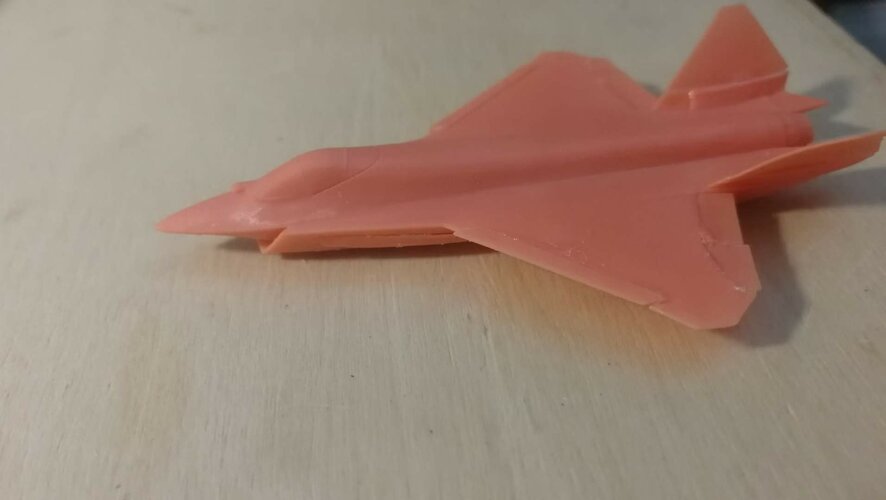So, allegedly the development project is already financed? But not explicitly by the Russian MoD? Rather, by a non-defense ministry and by planemaker companies themselves?
And all that without a signed buyer? (be it foreign or Russian MoD) If that's true, it'd be a first. No arrangement like that exists in the world for a project of comparable scale to a modern fighter jet.
Not at all. It is quite normal in the Russian MIC that Ministry of Industry and/or the developer themselves pay for the first stages of the program and the military only commits when the product is essentially ready and free from technical risks, like happened with the Su-35. It is actually a smart way of making sure that the developer is not engaging in happy engineering at the expenses of the MoD and is only going to come up with proposals that actually make sense and are viable on their own.
I personally would not compare Su-35 program with LTS. One was based on an existing airframes of Su-27 and Su-30, which were then redesigned, and on built up technology base of both the Su-27M and Su-30MKI programs.
The other is based on... well, a little bit of Su-57 program experience. But going from Su-57 to a smaller, lighter, single engine design with a completely different layout is drastically different than going from the Flanker family to Su-35.
But once again, that's just me. Of course different people are free to make such a comparison.
Now, it's important for me to point out that I am NOT criticizing LTS or the way it may or may not be funded.
What I want to say is that I believe the officials are kind of bending the truth when they say stuff like
"it absolutely does not depend on foreign customers"
while in the same speech they also say
"Checkmate is primarily focused on deliveries to foreign markets"
and then say stuff like
"Moreover, the budget is fully aligned..."
Sure, they can say whatever they want. And people are free to interpret that as they wish. My personal interpretation of the LTS, which is based on how things usually go, including my own sense of Su-35 development/procurement, is this:
The plane maker companies had a paper design, an idea. Made on internal budget. They showed it some potential buyers, Russian MoD included, and got positive feedback, in the sense "we like what you have, and we may have room for such a plane in our plans"
More money was pumped into development. Another round of show and tell was made. No contract was made with anyone but I wouldn't be surprised in some letters of intent were signed with the MoD or any other (foreign) government. In the sense "We're interested. You make the prototype fly, and we'll sign a contract"
That's basically what happened with Su-35 in my opinion. To sign a contract, years of negotiations are needed. It was signed in mid 2009, and as early as mid 2008 media was quoting Russian Air force officials saying they hope Russian MoD will finance a procurement contract. So I'd say sometime during the phase of actual prototype engineering, Sukhoi had an arrangement with MoD that they might buy it if everything went smoothly enough.
Russian Mod contract was crucial for Su-35 program. As its export sales are not that big. Heck, the older and less capable Su-30s have been sold to more customers since Su35 first flew.
I believe Russian MoD order is going to be similarly crucial for LTS. And that there are already various talks and semi-guarantees for a future contract. I'll be very surprised if MoD does not order at least a token number of 24 or more LTS within a few years of first prototype flight. Such a move would both help finance the whole project (exact scale of help would depend on size of contract) and would help kickstart orders from other countries.
Alternatively, Russian MoD order may be replaced by a contract from another big government. But then the whole business arrangement may be closer to what Pakistan and China have with JF-17, with Pakistan paying for a good deal of development, and China's Chengdu doing most of the development work.
Time will tell, of course. LTS is a nice looking plane and I seriously hope it'll enjoy a fairly smooth development. And take its place in many countries' air forces, eventually. But smooth development does not work without money. And no sane business, be it government owned or not, will invest in development without some sort of agreements with potential buyers. I don't see LTS as merely a project to keep people employed and to swallow funds.




















